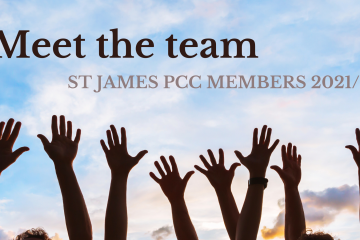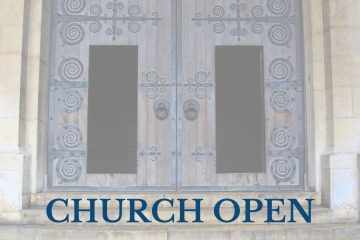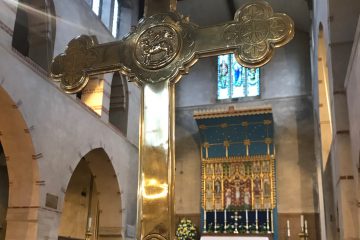We all have our heroes: personal, historical, real and fiction. These are the people we set up as idols, to be respected, adored and imitated in the difficult decisions and hard times of our own lives. Sometimes these heroes are deeply personal, unknown by the world, but their personal triumphs, courage and strengths are known, remembered and honoured by us. Often these people are relatives and friends who we might have walked with in difficult times. I have nothing but encouragement for such idols.
Other heroes are those who society has deemed particularly worthy of our adulation and remembrance. They are often leading political and economic figures whose names are found in the pages of our historical textbooks and whose impact we often still feel in our present age. Often their stories are more legend than truth, and their achievements and character seem superhuman. Many of these figures are memorialised in stone and bronze in our squares, streets and outside our important buildings, as we make a public statement that their story is part of our story.
The problem with these heroes is that we seem to have forgotten that they were human. Like all idols they fail to live up to the high standards we have imagined of them. The closest thing I can think to compare it to is the first time you find that your parents can’t protect you from everything, or that they themselves have faults the failings. It’s hard to know what to do with those feelings, and often our reaction is defensive and hostile. Quick to overlook their faults and emphasise their virtues.
In the news at the moment you won’t have failed to see one of the consequences of the Black Lives Matter protests that are sweeping the world – the destructions of some statues and public monuments. In the US, where these protests began, these attacks have been particularly focused on the statues of controversial confederate figures who still litter the towns and cities of the south. Most of us will find it quite understandable that an African American wouldn’t want this monument to an oppressor to look down upon them outside their courthouses and townhalls.
In the UK such considerations are new to our national consciousness. We have looked with a proud nostalgia at the achievements of our country in the past and failed to consider the methods and consequences of such achievements. They were massive feats of human strength, intelligence and intellect. However, when we consider we know that they don’t stand in isolation but are part of a wider interaction with the world which should be taught, celebrated and critiqued and criticised with a clear and proper scrutiny.
The history of race relations in the UK has also been more subtle and nuanced than that of our American Cousins. When things are subtle, they can often be ignored or overlooked because it isn’t as clear-cut. Some would even ask what problem. Racism has and continues to be part of our ongoing national story or narrative. Black and Minority Ethnic people still face reduced prospects and increased opportunities for prejudice and harassment than their white counterparts.
There is a much wider discussion to be had about methods of protest, destruction of private and public property and the choice of monuments. However, the focus of many reactions to the destruction of some of these monuments has been to brand the protesters and criminal and come quickly to the defence, overlooking the faults, of the people these statues and monuments depict. I rather wonder whether this reaction is actually about a resistance to seeing our heroes exposed to the light so that we might see their faults. Let us not be confused here – many of them undertook, said and participated in things that society would condemn and brand as racists, discriminatory or criminal. Things that we, hopefully, wouldn’t tolerate.
Some have argued that keeping the statues helps us remember their good and bad points and removing them is an attempt to erase them from our history. This is a weak argument that fails to see the difference between remembering and memorialising. A monument isn’t just about remembering, but an invitation for that individual to be part of our story as we move forward. We don’t forget, but perhaps we shouldn’t necessarily celebrate them? Again, this is a discussion for a different place and a different article.
In the Church we are used to talking about idols. The ten commandments reminded us to have no other Gods – and God showed his anger to those who made the golden calf. There were disagreements, and sometimes violent protests, about the depictions of holy people and things in our art and architecture during the reformation. And even today people feel an uneasiness about the use of statues and images in our worship, worrying that they might distract us from the true worship of God.
Today is Corpus Christi, where we raise up a different sort of monument. The bread we will see in the monstrance looks nothing like Jesus. no beard, no sandals, no robe and yet I will kneel and adore Christ presence. It is a symbol, a sacrament, of God’s loving action in the world. A reminder that the God we worship and offer our adoration is and is also an ‘act’ the act of loving. In that bread we are making a monument of that supreme act of love, his incarnation and death of God’s Son. We can feel confident in raising the host in a monstrance because the one it remembers was without sin, was love itself. Even in our saints, that we memorialise in statues and images, it is the loving action of God that we are remembering; the movement of the holy spirit in the hearts of men and women.
God warns us against making idols of other people and other things because He knows that outside himself, none are without their faults. The person who might be a hero to some is a villain to another. We have to actively remember that these people were humans with complex characters. We have to acknowledge the benefits and the cost of having our hero’s memorialised. Does it promote a national unity, or does it preserve and perpetuate prejudice and discrimination we should want to see disappear?
Let us then be cautious before throwing up more statues, making more saints of sinners, and making monuments to events in our history. I don’t know who is right in the current debates and events surrounding the removal of these monuments – but I hope it will make us all think more critically, and see faults more clearly, so that our way forward may be brighter.
Monuments, signs, symbols and sacraments of God are those only things we can have true confidence in because the person, the character, they present is spotless – it is God who loves and is love. Let us see that act of love revealed in Jesus Christ remembered and made part of our story by raising him up today.



0 Comments